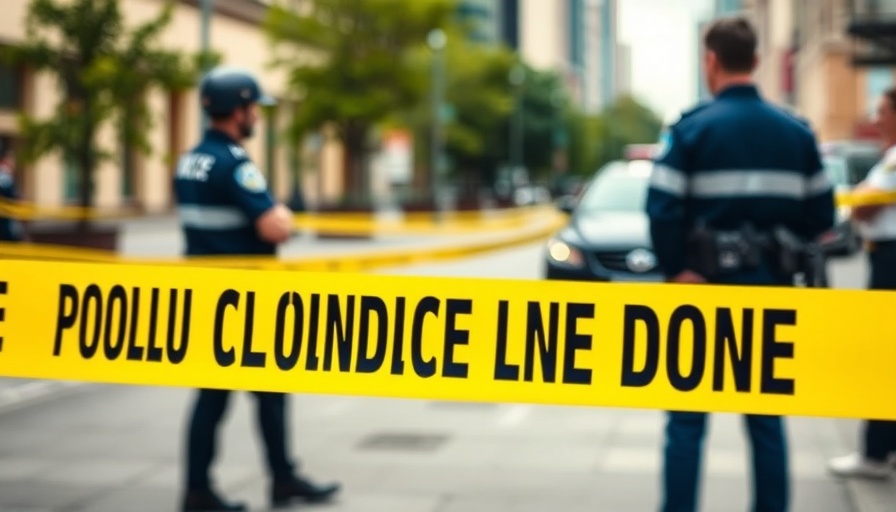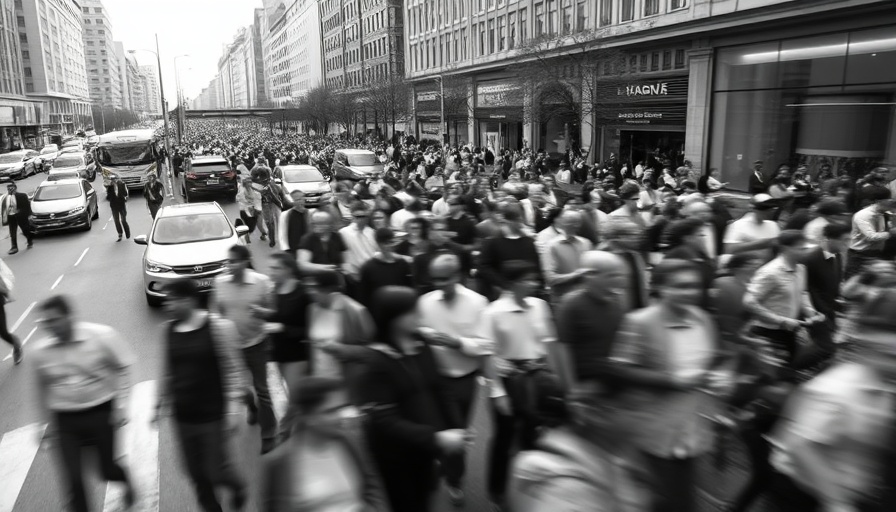
The Complex Dance of Policing and Civil Rights
The relationship between law enforcement and the public is precarious, balancing the necessity for effective policing against the fundamental rights of citizens. Recent events have highlighted the challenges faced by officers, from dealing with protests to the dangers of uninhibited bystander interactions during high-stress situations. As states introduce new measures like buffer-zone laws, the implications ripple through communities, raising questions of safety, accountability, and constitutional rights.
Understanding the Buffer Zone Law
In August 2024, Louisiana enacted a "buffer zone" law intended to maintain order during police encounters by criminalizing any approach within 25 feet of an officer who has issued a retreat order. This legislation aimed to safeguard officers from aggressive bystanders who film or interfere with police duties. However, the law faced immediate backlash, resulting in a legal challenge by several media organizations that asserted it infringes on First Amendment rights.
The Legal Setback: A Reflection on First Amendment Rights
U.S. District Judge John deGravelles put the law on hold at the end of January 2025, citing its ambiguity in defining necessary conditions for officers to issue withdrawal commands. Advocates for press freedom argue that such restrictions can stifle journalistic efforts to document police actions, thereby limiting public transparency and accountability. The judge voiced concern that the law would likely hinder the press's ability to cover police activity, a cornerstone of democratic society.
Community Trust and Public Safety: Seeking a Harmonious Balance
The rejection of the buffer-zone statute exposes deep divides in public perception of policing methods and community safety strategies. On the one hand, proponents of the law, including Louisiana Attorney General Liz Murrill, argue for its necessity, stating, "We are trying to protect the public. This is a reasonable law." Critics, however, insist that effective policing must coexist with civil liberties, calling for transparency and accountability in all law enforcement practices. The ongoing debate underlines a crucial question: how can law enforcement agencies ensure public safety without infringing on individual rights?
Potential Solutions and Future Directions
The dialogue surrounding the buffer-zone law presents an opportunity for law enforcement agencies to explore alternative strategies that cultivate community trust. Departments can leverage technology, such as body cameras and public safety tech, to enhance transparency in law enforcement operations. Additionally, implementing community engagement initiatives fosters a relationship of trust and collaboration between officers and the public.
Furthermore, training programs centering on crisis management, officer wellness, and community outreach are essential. They can help create a framework that not only promotes safety but also respects the rights of citizens, ensuring that police practices are aligned with contemporary societal values.
Call to Action: Build a Safer Future Together
As discussions continue, it is vital for law enforcement, policymakers, and civic leaders to come together and establish a framework that balances safety with civil liberties. We urge local law enforcement agencies to engage in community dialogues, promote transparency, and adopt innovative policing approaches to foster trust and safety in their communities. Let's collaborate to shape a future where policing enhances public safety while upholding the rights and dignity of all individuals.
 Add Row
Add Row  Add
Add 

 Add Element
Add Element 




Write A Comment